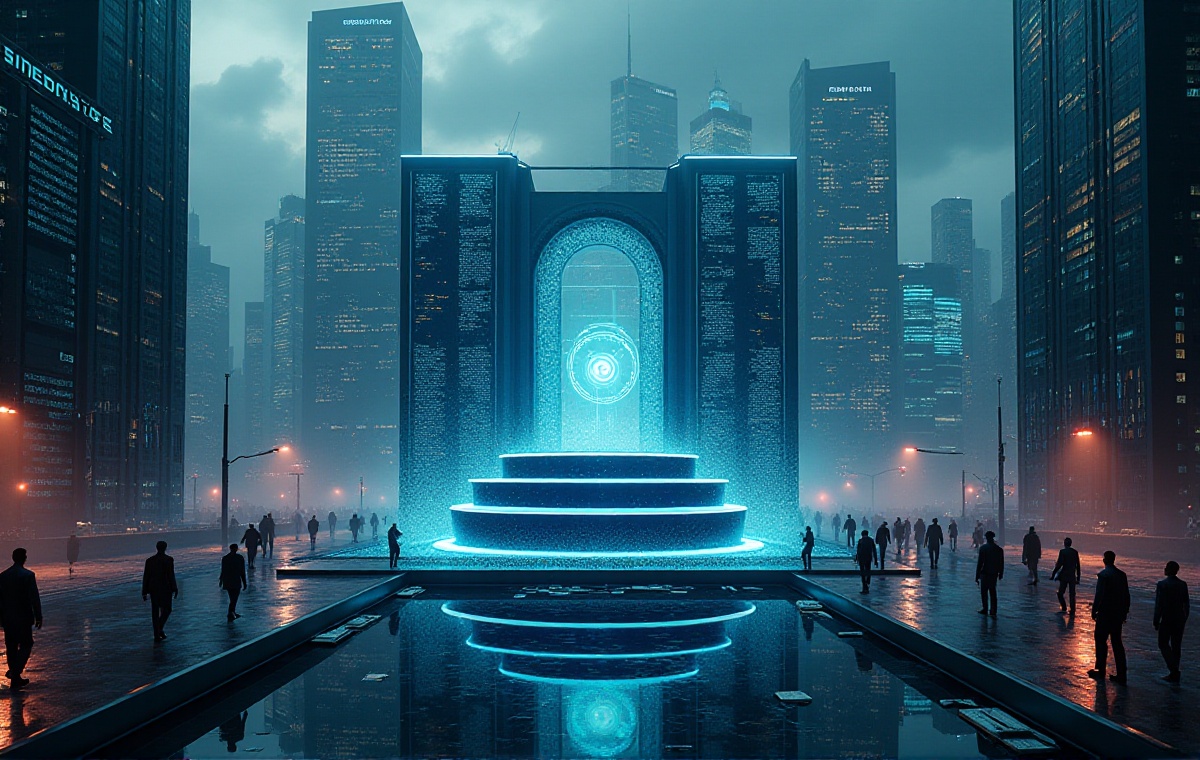Origins
I still remember my first visit to the Design Museum Holon in Israel. It was in the summer of 2019, standing before this building designed by world-renowned architect Ron Arad, I was deeply struck by its flowing exterior. Have you ever seen a building that "flows"? The entire museum resembles an elegant ribbon floating in the desert.
At the time, I was on a global design tour, and the Design Museum Holon was my first stop. I deliberately chose to arrive at sunrise that morning to capture the building's most enchanting aspect in the morning light. When the first rays of sunlight fell on those undulating metal surfaces, the entire building seemed to come alive, gleaming warmly in the dawn light.
The museum's design was inspired by desert dunes, with architect Ron Arad cleverly employing curved surfaces to make the entire building appear both modern and natural. Upon closer inspection, you'll notice that the metal panels on the building's surface have been meticulously treated to create varying light and shadow effects from different angles. This design not only considers visual impact but also makes full use of natural lighting, filling the entire exhibition space with vitality and energy.
Design Sanctuary
Among the many design-focused museums worldwide, why do I specifically recommend the Design Museum Holon? Because it's truly exceptional. Built in 2010, this museum not only stands out in architectural design, but its exhibitions are equally impressive. I remember the Maarten Bass solo exhibition I saw in 2018, where his works perfectly blending surrealism and primitivism gave me a completely new understanding of design boundaries.
In that exhibition, Maarten Bass showcased his signature "burned" furniture series - pieces that looked like fire-damaged remains yet maintained complete functionality. Through this unique treatment, he challenged traditional notions of "perfection." There was one particularly captivating installation art piece - a massive mechanical device made from old clock parts that would play melodious music every hour while slowly rotating, demonstrating a perfect combination of mechanical aesthetics and artistic creation.
The Design Museum Holon's curatorial philosophy is also very avant-garde. They not only display finished products but also showcase designers' creative processes through multimedia installations. I've seen designers' sketches, prototypes, and failed attempts here, which helped me better understand the stories and concepts behind the designs. The museum frequently hosts workshops, inviting renowned designers to interact with visitors, allowing everyone to experience the design creation process firsthand.
Surprisingly, the museum's exhibition themes always keep pace with current trends. From sustainable design to AI applications in design, from modern interpretations of traditional crafts to design visions for future cities, each exhibition brings new thoughts and inspiration to visitors. I particularly love their "Design Laboratory" area, which regularly showcases conceptual design works that may never go into production, but their bold imagination always provides endless inspiration.
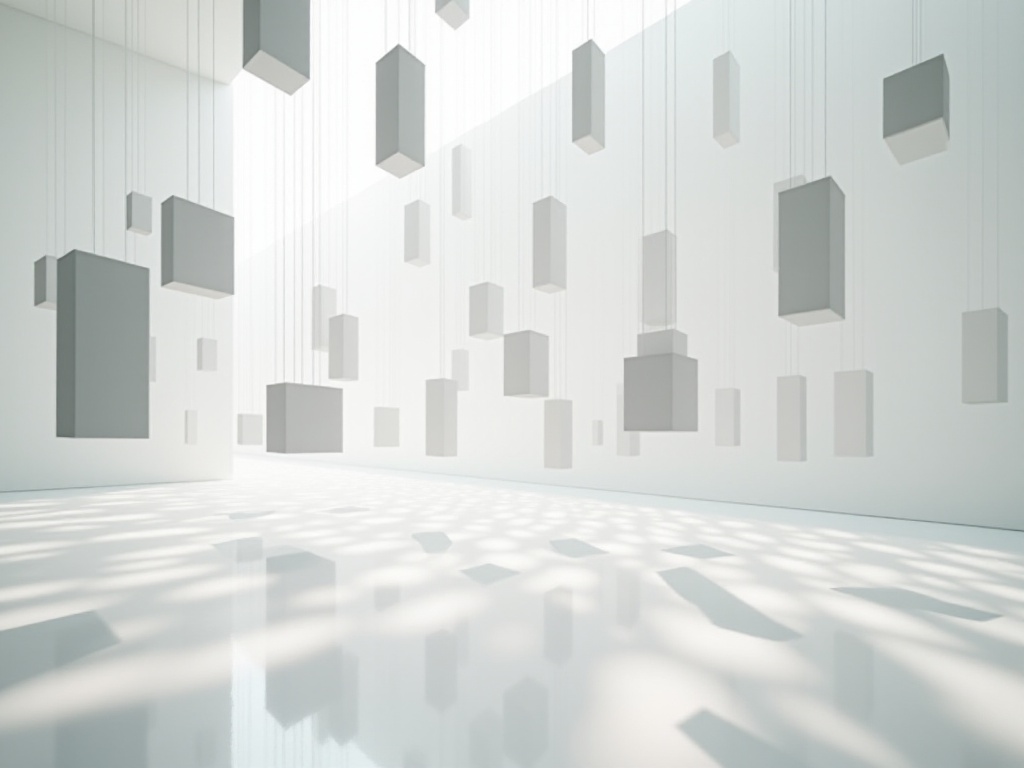
Art Sanctuary
Speaking of contemporary art, one must mention the Guggenheim Museum. It's like a global art empire, from New York to Venice, from Bilbao to Abu Dhabi. Did you know? Here, you can closely appreciate works by masters like Picasso, Kandinsky, and Van Gogh, while also discovering stunning works by emerging artists.
The New York Guggenheim Museum building itself is a work of art. The spiral building designed by Frank Lloyd Wright breaks away from traditional museum display methods. As you slowly ascend the spiral ramp, artworks present themselves before you in a unique rhythm. I love visiting in the evening when sunlight through the skylight bathes the entire space in a dreamlike atmosphere.
The Bilbao branch is another marvel. Frank Gehry's titanium-alloy exterior walls shimmer in the sunlight like a huge silver sailboat docked on the Nervión River. The interior gallery design is also unique, with some exhibition halls reaching 27 meters high, capable of accommodating super-sized installation art. I remember seeing Richard Serra's steel installation exhibition once, where those huge curved steel plates created breathtaking visual effects in the space.
The Guggenheim's collection is incredibly rich. From Impressionism to Expressionism, from Surrealism to Pop Art, you can find representative works from every important art movement. But what interests me more is their support for contemporary art. The museum frequently holds solo exhibitions for emerging artists. I once saw a digital art exhibition created using artificial intelligence, where algorithm-generated works maintained the aesthetics of traditional painting while showcasing new characteristics of the technological era.
Besides permanent exhibitions, the Guggenheim regularly holds special projects. For instance, the "Artist in Residence Program" invites artists from around the world to create on-site at the museum, allowing visitors to observe the birth of artworks up close. I once had the fortune to witness the entire process of an installation artist creating works from recycled materials, which gave me a deeper understanding of artistic creation.
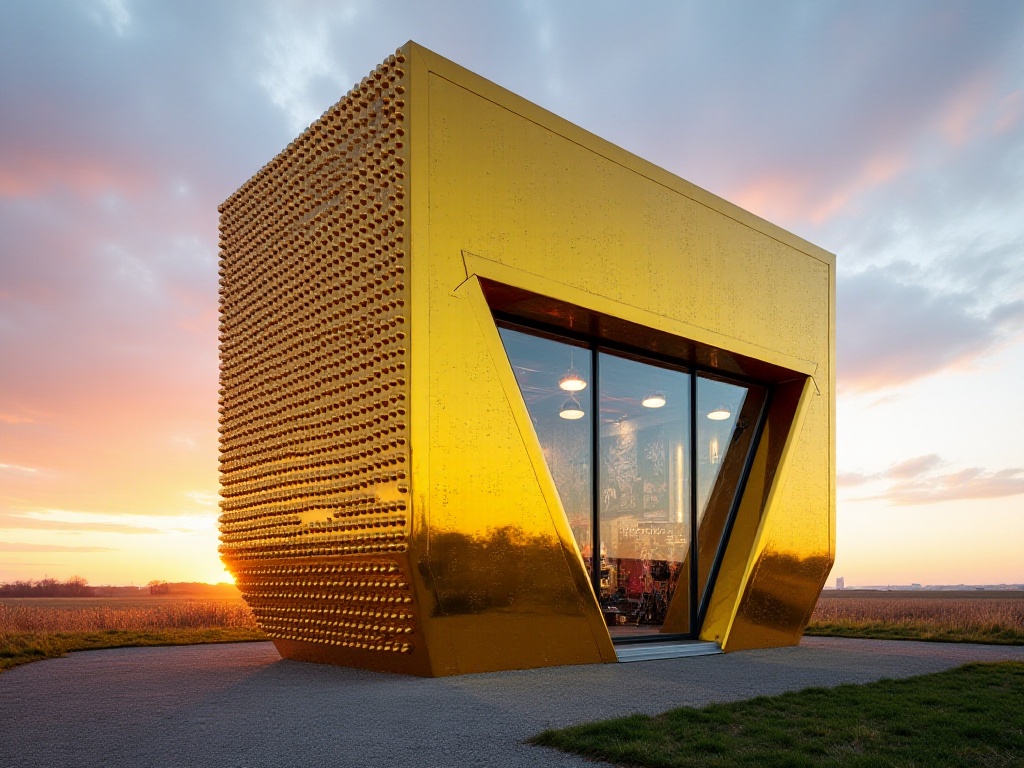
Music World
Speaking of the most interesting museum experiences, I think nothing beats the Museum of Musical Culture. Its exterior looks like a living pop art piece, and stepping inside is even more delightful. It doesn't just showcase music history but explores how music has influenced political movements and consumer behavior. Imagine listening to 60s rock while learning about young people's lifestyles from that era - isn't that cool?
The museum's acoustic design is absolutely exceptional, with each exhibition hall carefully treated acoustically to perfectly present different music styles. My favorite is the "Music Evolution" section, where interactive installations showcase the development from classical to electronic music. You can operate ancient instruments hands-on or try creating with modern music software.
Once, I attended the museum's "Jazz Night" event. In a vintage-style concert hall, a live band played classic jazz tunes while audience members swayed to the music, as if transported back to last century's New York. The museum had specially arranged the scene with old phonographs, vintage posters, and period furniture, making the entire experience more authentic.
The Museum of Musical Culture is special for its interactivity. In the "Composer's Studio" area, you can use professional equipment for music creation. I tried making a simple electronic music piece using samples from different instruments, and while the result might not have been professional, the process gave me a new understanding of music creation.
The museum also houses numerous precious music artifacts. From Beatles-signed guitars to Michael Jackson's moonwalk shoes, from original Woodstock Festival recordings to the first-generation iPod, each exhibit tells a story of music history. Interestingly, the museum regularly updates its "Contemporary Music" section, showcasing the latest music trends and technological developments, such as the rise of rap music and innovations in electronic music.
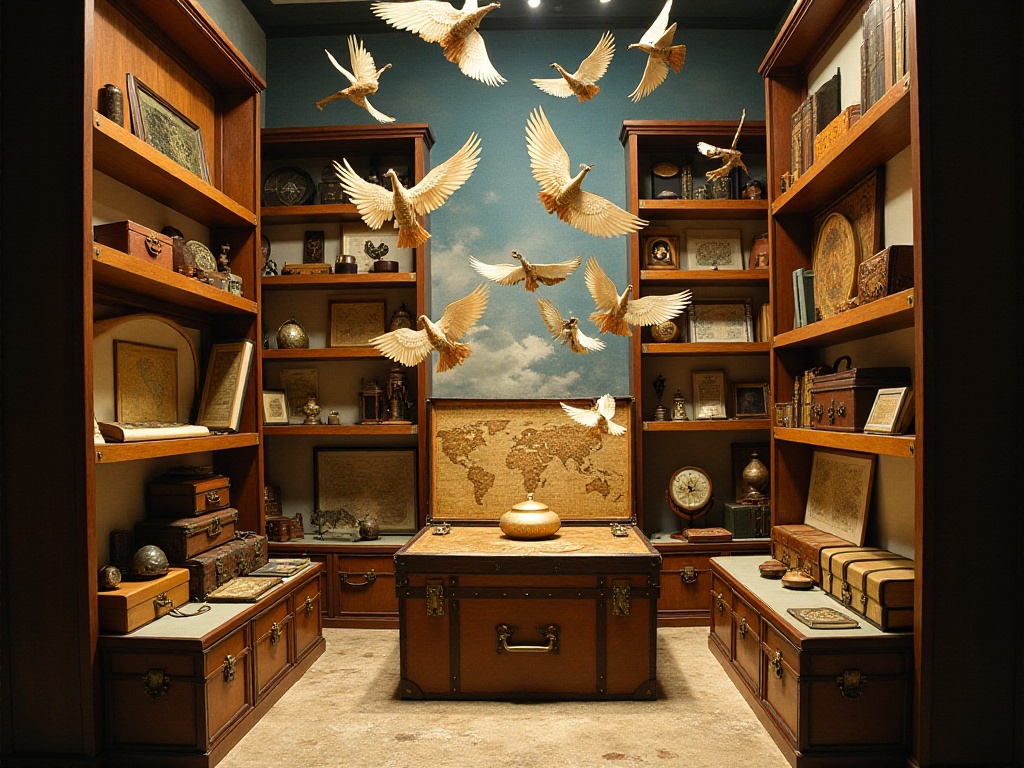
Architectural Perspective
The Museum of Architectural Culture, opened in 2016, interprets culture from another angle. Have you ever thought that architecture is actually the most direct cultural carrier of an era? From the Roman Colosseum to Dubai's Burj Khalifa, every building tells the story of its time.
The most attractive part of this museum is its "Urban Evolution" section. Through precise scale models and holographic projection technology, you can see a city's development process from ancient times to the present. I particularly like their installation showing Manhattan's development, where you can clearly see the changes in architectural styles from the earliest wooden buildings to modern skyscrapers.
The museum also has an "Architectural Materials Laboratory" showcasing various building materials from ancient stone and wood to modern reinforced concrete and smart glass. You can touch these materials firsthand and learn about their properties and applications. I remember during one visit, I happened to catch them testing a new type of eco-friendly building material that could absorb air pollutants, making the building itself a tool for air purification.
In the "Future Cities" section, the museum displays many visions of future architecture. From vertical farms to underwater cities, from space colonies to eco-smart cities, these imaginative designs fill one with anticipation for the future. Interestingly, the museum regularly invites architects and urban planners to give lectures sharing their thoughts on future urban development.
Another feature of the Museum of Architectural Culture is its "Architectural Craftsmanship" display. You can see construction tools and techniques from different periods, from Roman arch construction to modern 3D-printed buildings, with each technology backed by profound craftsmanship traditions. My favorite is an interactive installation showing the construction process of Gothic cathedrals - through AR technology, you can see how those beautiful stone carvings were built up piece by piece.
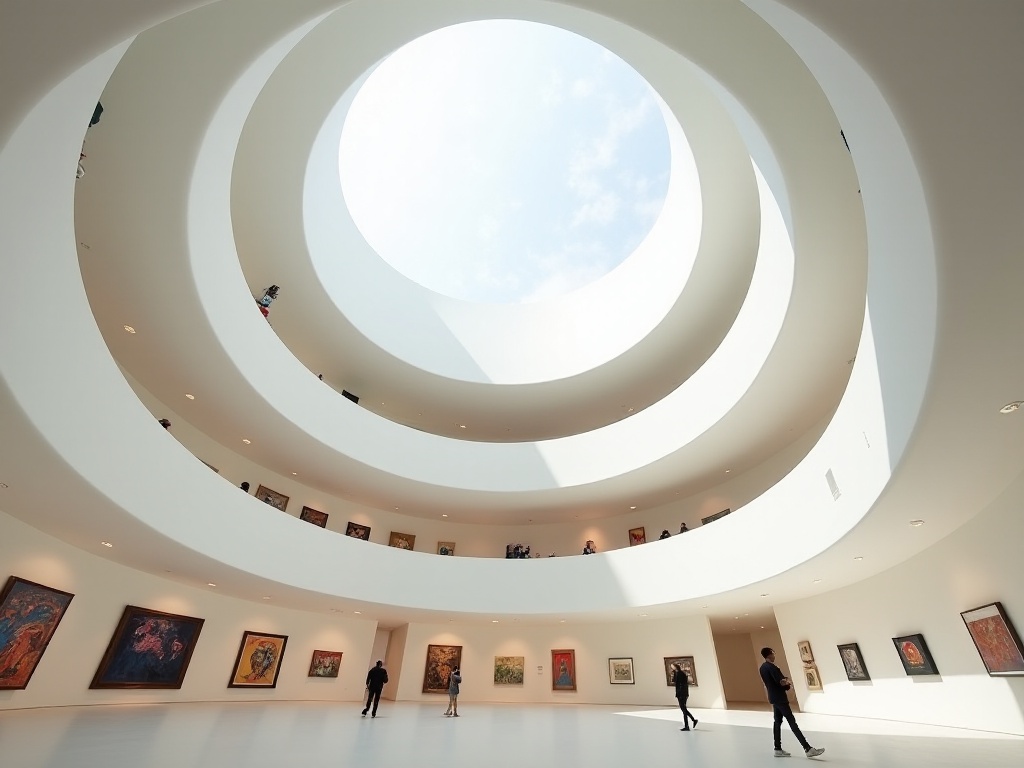
Digital Innovation
With technological development, museum visiting experiences are also keeping pace with the times. Now you only need a mobile phone for virtual tours. The British Museum lets you appreciate the Rosetta Stone online, the Vatican Museums allow you to look up at the Sistine Chapel ceiling without leaving home, and the Metropolitan Museum of Art even offers 360-degree panoramic VR experiences. This not only makes art more accessible but also provides new approaches for cultural dissemination.
I particularly like the Metropolitan Museum of Art's digital projects. They not only provide high-definition art images but also include detailed audio explanations and historical background materials. Through VR devices, you can "walk into" Monet's water lily garden and experience the light and shadow changes in the Impressionist master's works; you can also "stroll" through ancient Egyptian temples and closely observe those exquisite murals and sculptures.
The British Museum's online resources are also very rich. They've developed an interactive timeline allowing you to browse artifacts from different civilizations by era. I remember once when researching ancient Greek pottery, through their 3D scan models, I could observe the patterns on the pottery from any angle and even see details difficult to spot with the naked eye.
The Vatican Museums' virtual tour gave me a completely new perspective to appreciate the Sistine Chapel. Through high-definition photography and special image processing technology, you can clearly see every detail in Michelangelo's frescoes. The system also marks important figures and scenes in the paintings, accompanied by professional commentary, helping you better understand the meaning of these artistic masterpieces.
These digital projects not only benefit ordinary visitors but are also greatly helpful for researchers. Now, scholars worldwide can conduct research through these digital archives without being limited by geography. I often use these digital resources to study art history and sometimes discover new research perspectives.
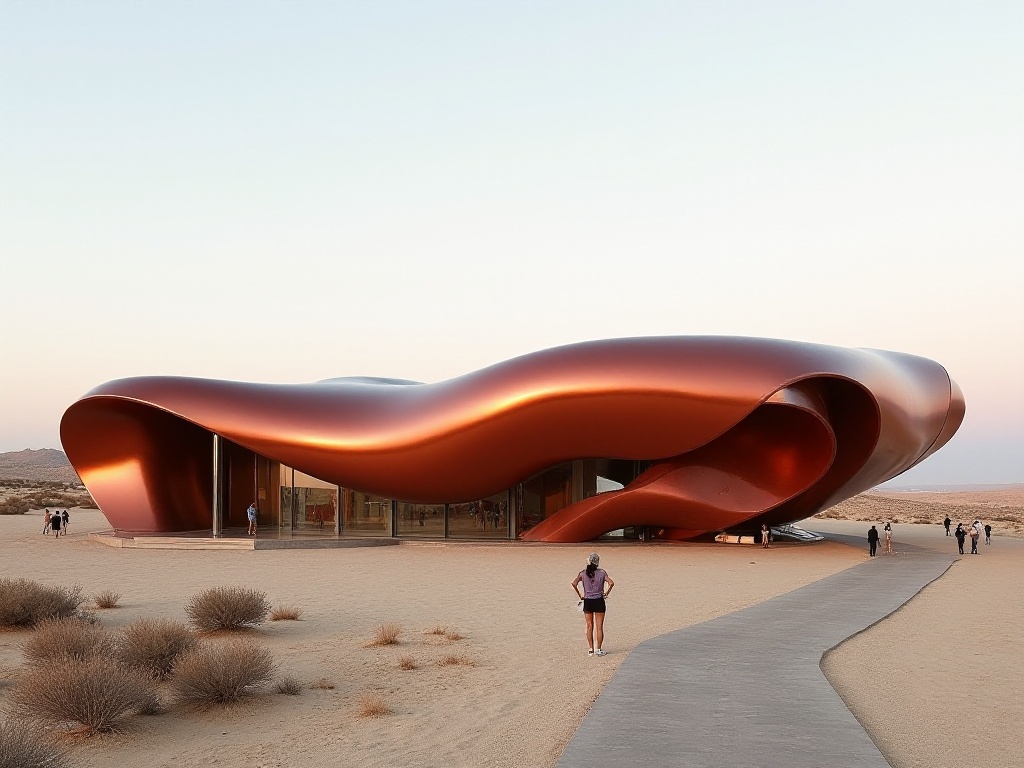
Future Outlook
In the digital wave, museums' roles are undergoing profound changes. They are no longer simple collection display venues but have become cultural bridges connecting the past and future. Have you ever wondered what future museums might be like? Perhaps we'll be able to dialogue with history through holographic technology, or "touch" artworks through AR technology.
Some museums are already trying to use artificial intelligence to provide personalized visiting experiences. Based on visitors' interests and dwell time, AI systems recommend related exhibits and information. Some museums are developing "smart guide glasses" - wear them and you can see supplementary information about exhibits, even viewing artwork restoration processes from different periods.
Virtual reality technology applications are also deepening. I visited an experimental exhibition where, through VR devices, we could "enter" Van Gogh's paintings, experience the rotating starry sky in "The Starry Night," or walk in the virtual world built by "Sunflowers." This immersive experience makes art appreciation more vivid and interesting.
Future museums might focus more on interactivity and participation. For instance, through brain-computer interface technology, visitors might control exhibit display methods with their thoughts; through holographic projection, we might "converse" with historical figures and learn their life stories; through blockchain technology, everyone might own digital rights to precious artworks.
Social media development is also changing how museums operate. Now many museums actively maintain their social media accounts, attracting young audiences through short videos and live streams. In the future, museums might increasingly use social platforms to organize online exhibitions and interactive activities, making art appreciation a social experience.
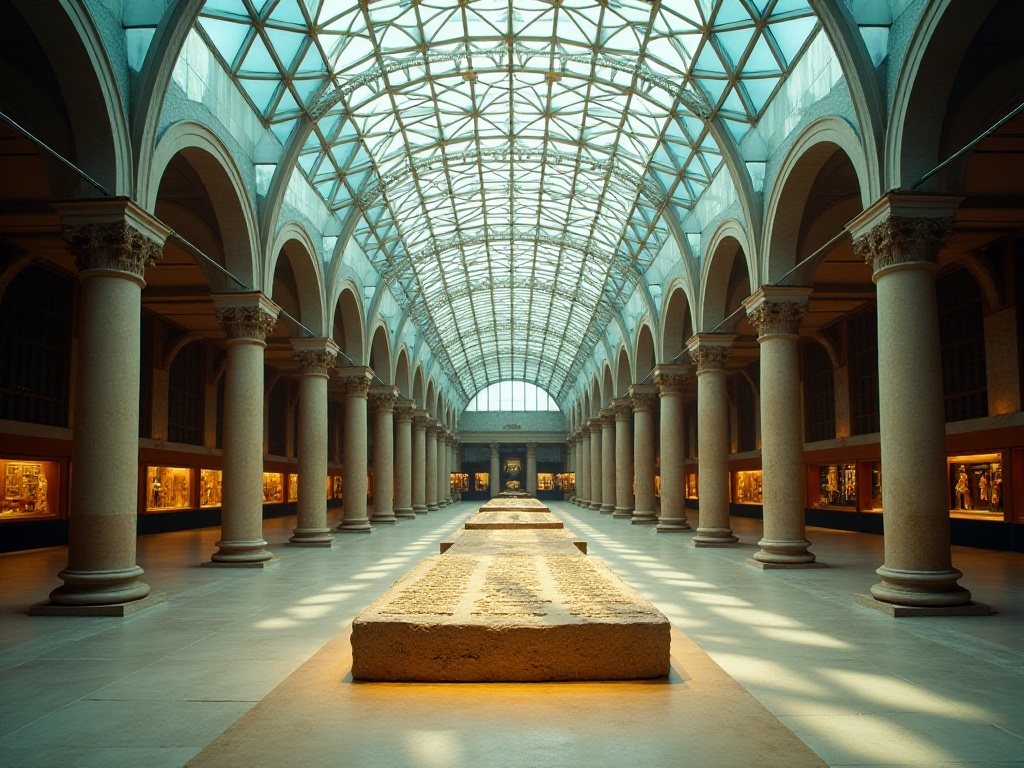
Final Thoughts
After visiting so many museums, my biggest realization is: each museum is a three-dimensional textbook, recording human exploration and innovation in art, design, architecture, and other fields. If you're interested in these areas, why not start with virtual tours and let these great museums take you on an amazing cultural journey.
Each museum visit brings new discoveries and insights. Sometimes it's a little-known story behind an exhibit, sometimes it's a unique display method, and sometimes it's casual conversations with other visitors. These experiences have made me realize that museums are not just places for preserving history but sources of inspiration and reflection.
What particularly moves me is that many museums are striving to make art more accessible. They organize various educational activities, design corresponding tour routes for visitors of different ages, and even develop special children's interactive areas. These efforts allow more people to enjoy the pleasure brought by art and make museums truly public cultural spaces.
Oh, if you've already visited these museums, feel free to share your visiting experiences in the comments. Which gallery is your favorite? What unforgettable memories do you have? Let's exchange ideas and discuss together to make museum tours more interesting. I believe everyone can find their own surprise and touching moments in museums.


